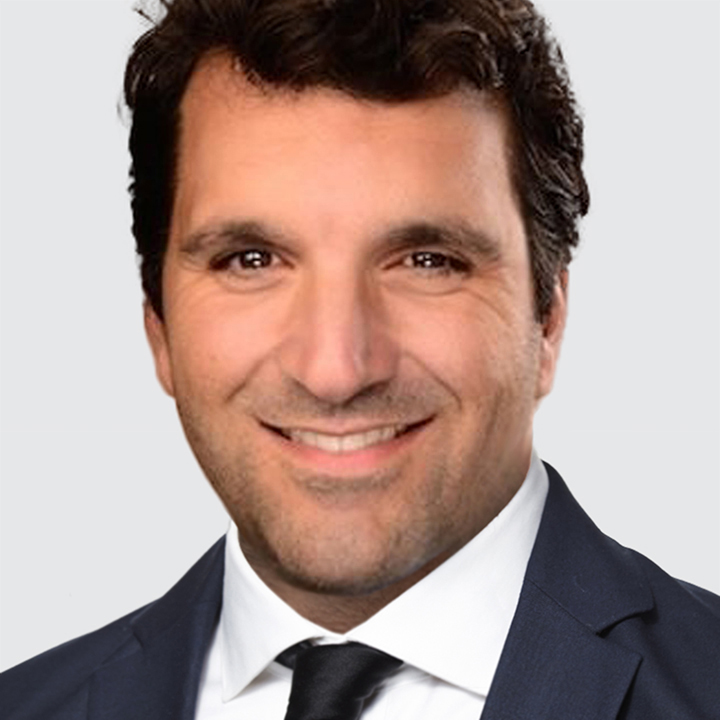US
USD pared back most of yesterday’s gains and continues to trade within this month’s narrow range. Overall, US protectionist trade policy, political interference with the Fed’s independence, and a dovish Fed can further weigh on USD. The 2-year yield spread compression between the US and other major economies reinforces broad USD weakness.
US weekly jobless claims data takes the spotlight today (1:30pm London, 8:30am New York). Initial jobless claims are expected to dip to 230k after rising to 235k in the week ended August 16, which was the highest since June. A further pickup in new filings risks adding to concerns about the labor market and boost Fed funds rate cut bets. Fed funds futures price-in nearly 90% odds of a 25bps cut at the next September 17 meeting and a total of 50bps of easing by year-end.
Fed Governor Christopher Waller’s speech later today will also be of interest (11:00pm London, 6:00pm New York). Waller is a favorite to succeed Jay Powell when his Fed chair term ends in May 2026 and voted to cut the funds rate 25bps at the last July 29-30 FOMC meeting. According to Waller, tariffs do not cause inflation beyond a temporary increase, monetary policy is too tight, and downside risks to the labor market have increased.
JAPAN
USD/JPY traded in a tight range around 147.20. Bank of Japan (BOJ) Board Member Junko Nakagawa stuck to the bank’s tightening bias. Nakagawa noted that if the outlook for economic activity and prices is realized, “the bank will accordingly continue to raise the policy interest rate and adjust the degree of monetary accommodation.”
Nakagawa also signaled that the Tankan business survey due out October 1 is policy-relevant, suggesting a rate hike at the next September 19 meeting is highly unlikely (5% priced-in by the swaps market). Further out, the swaps market imply 70% odds of a 25bps rate hike by year-end and a total of 75bps of rate increases to 1.25% over the next three years.
We doubt the BOJ will raise the policy rate by more than is currently priced-in. Japan CPI less food & energy has held below 2% for over a year and the economy shows little sign of gaining real momentum. Bottom line: we expect USD/JPY to remain within a wide 142.00-150.00 range over the next few month.
EUROZONE
EUR/USD recovered to the middle of this month’s 1.1550-1.1740 range after probing the lower end yesterday. The ECB Account of the July 23-24 rate decision is up next (12:30pm London, 7:30am New York). At that meeting, the ECB voted unanimously to keep the policy rate unchanged at 2.00% and signaled its pretty much done easing.
The ECB statement noted that “the economy has so far proven resilient overall in a challenging global environment.” Moreover, ECB President Christine Lagarde stressed that the ECB is in a good place with inflation at 2%, adding “you could argue that we are on hold.” Bottom line: the ECB’s pause, and dovish Fed underpins the EUR/USD uptrend.
NEW ZEALAND
NZD/USD is firmer on USD weakness. New Zealand’s August ANZ business outlook survey supports the case for additional RBNZ rate cuts. While business confidence increased 1.9 points to a 5-month high at 49.7, expected own activity dipped 1.9 points to a 3-month low at 38.7 and reported past activity (the best GDP indicator) fell 5 points to 1.
At its August 20 meeting, the RBNZ delivered a dovish cut. The RBNZ reduced the Official Cash Rate (OCR) 25bps to 3.00% and stressed “there is scope to lower the OCR further.” The RBNZ projects one 25bps cut by December and another 25bps cut over H1 2026, implying the OCR will settle around 2.50%. This is roughly in line with swaps market pricing.
SOUTH KOREA
KRW outperformed across the board as Bank of Korea (BOK) Governor Rhee highlighted that currency discussions with the US Treasury are ongoing. The comments rekindled bets on currency appreciation versus USD in exchange for more favorable US trade relations.
BOK delivers a dovish hold, as expected. BOK kept rates unchanged at 2.50% for a second consecutive meeting but signaled more cuts are in the pipeline. First, the decision to keep rates steady was not unanimous as one member proposed a 25bps cut. Second, BOK reiterated “the Board considers it necessary to continue its rate cut stance, given that inflation remains broadly stable and economic growth is forecast to remain low for the time being.”
Indeed, Governor Rhee pointed out that 5 of 6 members of the board were open to a cut over the next three months. The swaps market implies less than 50% odds of a 25bps cut over the next three months and a full 25bps of easing over the next 12 months that would see the policy rate bottom at 2.25%.
PHILIPPINES
As was widely expected, Philippines central bank (BSP) trimmed the policy rate 25bps to 5.00%. More cuts are in the pipeline as inflation pressures remains benign. Headline CPI dropped to 0.9% y/y in July vs. 1.4% in June, the lowest rate since October 2019. Inflation is undershooting the BSP’s 2-4% target and 2025 forecast of 1.7%. The swaps market is pricing in 65bps easing over the next 12 months. Still, positive real rates limit PHP downside.

